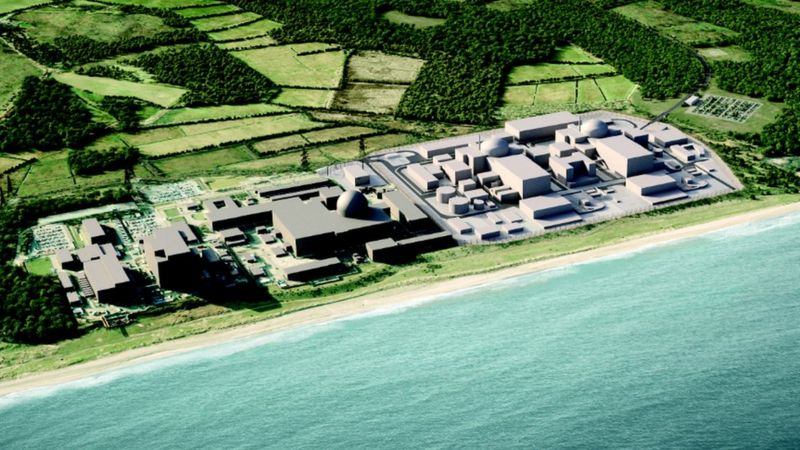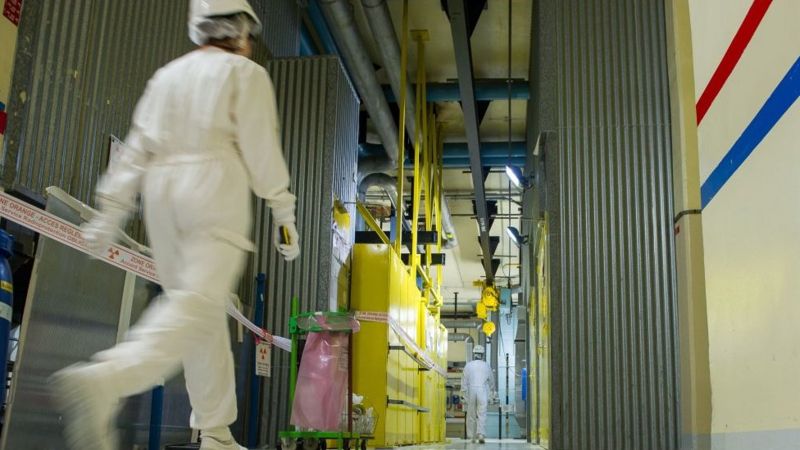
The Minerals Council of Australia has weighed into a European Commission climate policy debate, urging it to back fossil fuels with carbon capture use and storage (CCS) and nuclear power on a list of environmentally friendly developments.
In a written submission to the commission, the minerals council (MCA) said a proposed EU taxonomy for sustainable activities intended to shape investment under a European green deal was inconsistent in how it dealt with clean technologies because it favoured solar, wind and biofuels over nuclear and CCS.
The mining lobby group said it was concerned this approach would have a flow-on effect on the types of energy investments backed by EU-based companies across the globe and “increase the cost of reducing CO2 emissions”. It called for an overhaul.
InfluenceMap, a London-based thinktank that tracks corporate climate lobbying, said the MCA’s submission suggested it wanted to export its “negative approach to climate policy” by pushing for changes in other parts of the world that would allow continued use of coal and gas.
The MCA submission argued there was “no valid basis” for treating CCS and nuclear differently given EU countries currently used coal, gas and nuclear.
It quoted the International Energy Agency in saying emissions from existing energy fleets needed to be significantly reduced by 2030 if countries were to achieve the widely held goal of reaching net zero emissions by 2050. The minerals council said this would require technologies such as CCS.
“Underpinning the MCA’s concern is the broad-ranging investment impacts the taxonomy will have, not just within the European Union but anywhere European Union-based firms invest,” the submission said.
But InfluenceMap’s program manager, Rebecca Vaughan, said the MCA appeared concerned a science-led approach to dealing with the climate crisis would hurt the industries it represented.
“While the MCA says it wants the EU to take a technology neutral position, its submission appears to advocate for the continued use of coal and gas with carbon capture utilisation and storage, which is clearly at odds with the commission’s science-based policy,” Vaughan said.
The MCA has long been accused of hindering action to tackle the climate crisis in Australia, and campaigned aggressively against Labor’s two attempts to introduce a carbon pricing scheme.
In recent years it has come under pressure to change its anti-climate stance from its biggest members, BHP and Rio Tinto. It followed the big mining companies facing repeated calls from their investors to abandon the MCA over its commitment to coal.
It resulted in the MCA releasing a climate plan that said it was committed to the Paris agreement and reaching net zero emissions, but did not include a timeframe in which that target should be reached.
The EU taxonomy is intended to help it meet a target of at least a 55% cut in its emissions below 1990 levels by 2030 on the way to net zero by 2050.
It considers a development sustainable if it makes a substantial contribution to one of six environmental objectives, does no significant harm to any of the other five and complies with minimum business safeguards. The environmental objectives are: climate change mitigation, climate adaptation, sustainable use and protection of water resources, transition to a circular economy, pollution prevention and control, and protection and restoration of biodiversity and ecosystems.
The commission said it expected the taxonomy would “create security for investors, protect private investors from greenwashing, help companies to plan the transition, mitigate market fragmentation and eventually help shift investments where they are most needed”.
Tania Constable, the MCA’s chief executive, said “the technology-led transformation required” could not happen without Australia’s minerals and raw materials.
She said InfluenceMap had got it wrong. “[It] clearly opposes a lowest-cost, faster-paced approach to global decarbonisation,” she said.
“The MCA and all of its members are taking serious action on climate change and are committed to the Paris agreement and its goal of net zero emissions. The MCA advocates the inclusion of all low and zero emissions energy sources in the EU’s sustainable finance taxonomy because unequal treatment of nuclear and CCUS in particular undermines the EU’s own objectives.”
The final version of the EU’s sustainable finance rules was due in January but a decision was delayed until April after 10 countries objected to the initial proposal because they wanted gas to be deemed a sustainable energy source.
Nuclear energy plays a significant role in some EU countries, but the International Energy Agency (IEA) reported its future was uncertain in wealthy nations as ageing plants were expected to close due to cost and regulatory decisions. It said this trend could affect climate goals.
The forecast decline of nuclear has coincided with generation from cheaper renewable energy growing significantly from a low base.
CCS, which most commonly involves capturing emissions and pumping them underground, remains at a relatively early stage of development despite pledges of billions of dollars in funding. It is used in some industrial processes, but has sometimes been financially viable only when employed to increase oil extraction from an underground reservoir.
It is yet to be proved viable as a means of reducing emissions from fossil fuel power generation. One of the world’s most prominent CCS projects, the Petra Nova power generation facility in Texas, was mothballed last year because of its poor financial performance.
The Morrison government has backed CCS as one of five priorities to receive support under its low-emissions technology roadmap, and opened a $50m fund for applications earlier this month.
Several observers noted it was a relatively little funding if the government was serious about developing the long-stalled technology. Some of is expected to be will be dedicated to exploring the “use” of captured CO2 to turn it into products such as building materials.
Nuclear energy remains banned in Australia. Some Coalition MPs and industry leaders want the prohibition lifted.
Source The Guardian




